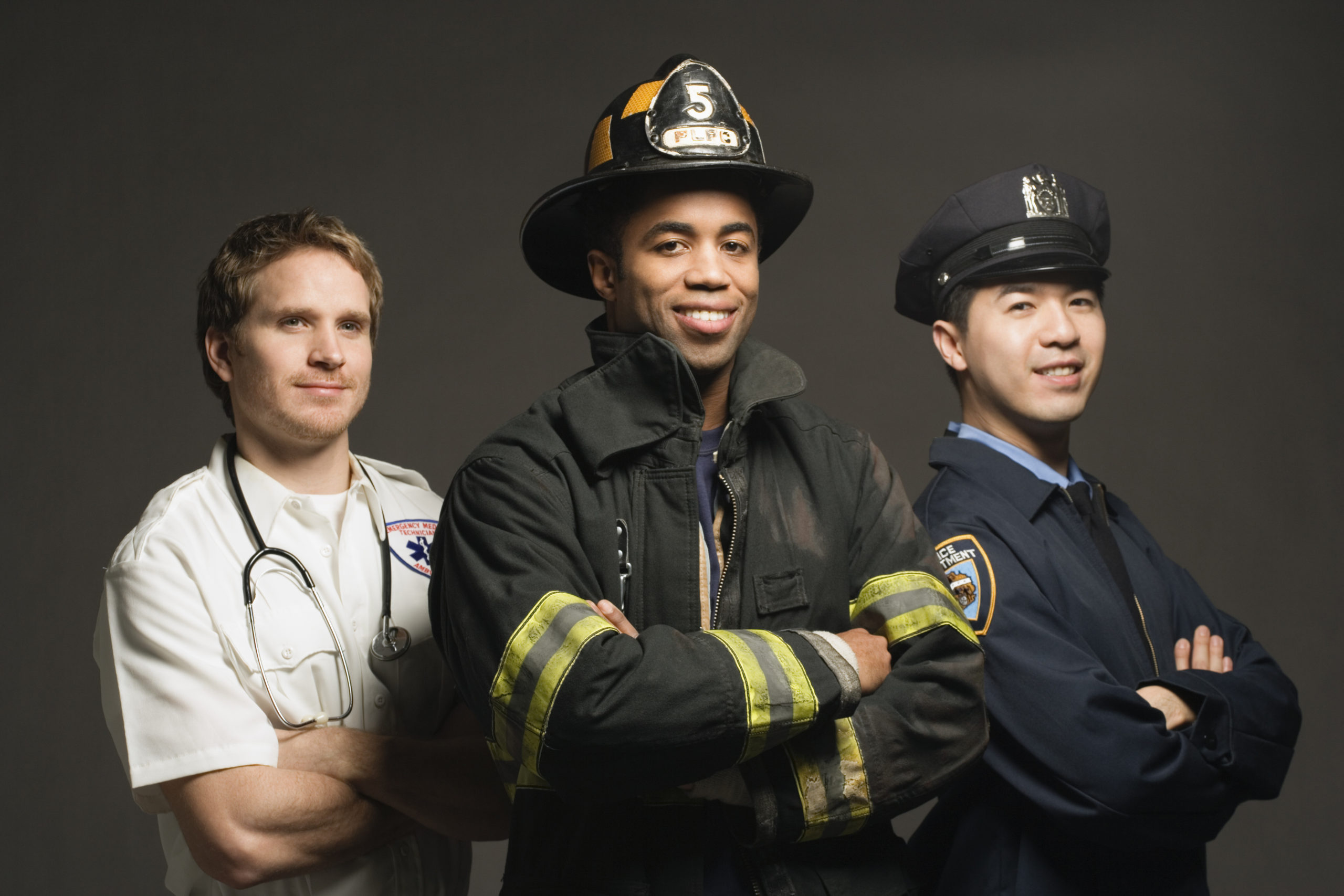Principles for the Use of Funds From the Opioid Litigation
The Bloomberg School of Public Health at Johns Hopkins University recently released a three-part report about the multi-district opioid litigation that has been making its way through the court system for many years. Part 1 of the trilogy, focuses on a series of principles governing the use of the settlement funds: (1) spending money to save lives; (2) using evidence to guide spending; (3) investing in youth prevention; (4) focusing on racial equity; and (5) developing a fair and transparent process for deciding where to spend the funding....










